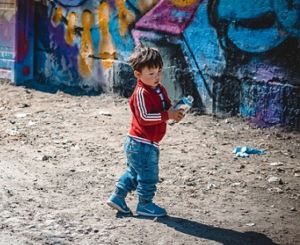News
New juvenile crime plan puts focus on children as young as 10 years old
This article is more than 7 years old.
Dansk Folkeparti has long been advocating a lowering of the age of criminal responsibility to 10, and a new government initiative goes some way towards that end

The government wants to stop boys like this heading for a life of crime (photo: pxhere)
The Danish government, together with Dansk Folkeparti and Socialdemokratiet, has agreed on a new juvenile crime plan.
The plan, which includes 24 separate initiatives, is controversial as it allows for children as young as 10 years old to be placed under observation, reports Politiken.
The focus is on five primary areas: breaking the ‘food-chain’ towards more serious crime; children and their parents feeling the consequences of criminal behaviour; effective preventive efforts aimed at all children and juveniles; a focus on incarcerated youngsters who are at risk of starting a life of crime; and effective follow-up work.
As recently as 2017, an initiative entitled ‘Every action has consequences’ was presented by the justice minister, Søren Pape Poulsen, and the social minister, Mai Mercado. This reduced the age at which children could be punished for committing a crime from 15 to 12.
Aimed at very young thugs
Dansk Folkeparti would have liked to have seen the age of criminal responsibility reduced to 10, but the new plan stops short of that.
Instead, it allows for children as young as 10 to be taken into custody by the police and placed under observation. At present, it is only possible to do this for children as young as 12.
READ ALSO: Government gets tough on juvenile crime
“We can see that there is a group between 10 and 14 years old who commit very serious crimes and these are the ones we want to target,” said the justice minister, Søren Pape Poulsen.
“We’re making a broad-based preventive effort within a more connected framework, but it is the preventive side that forms the basis of this,” added the minister.
What happens to children and juveniles involved in criminal activity is to be decided by a juvenile crime panel consisting of a judge and a representative from the municipality.
The panel is obligated to come up with a forward-looking plan within 10 days of a crime being committed by a young person.










































